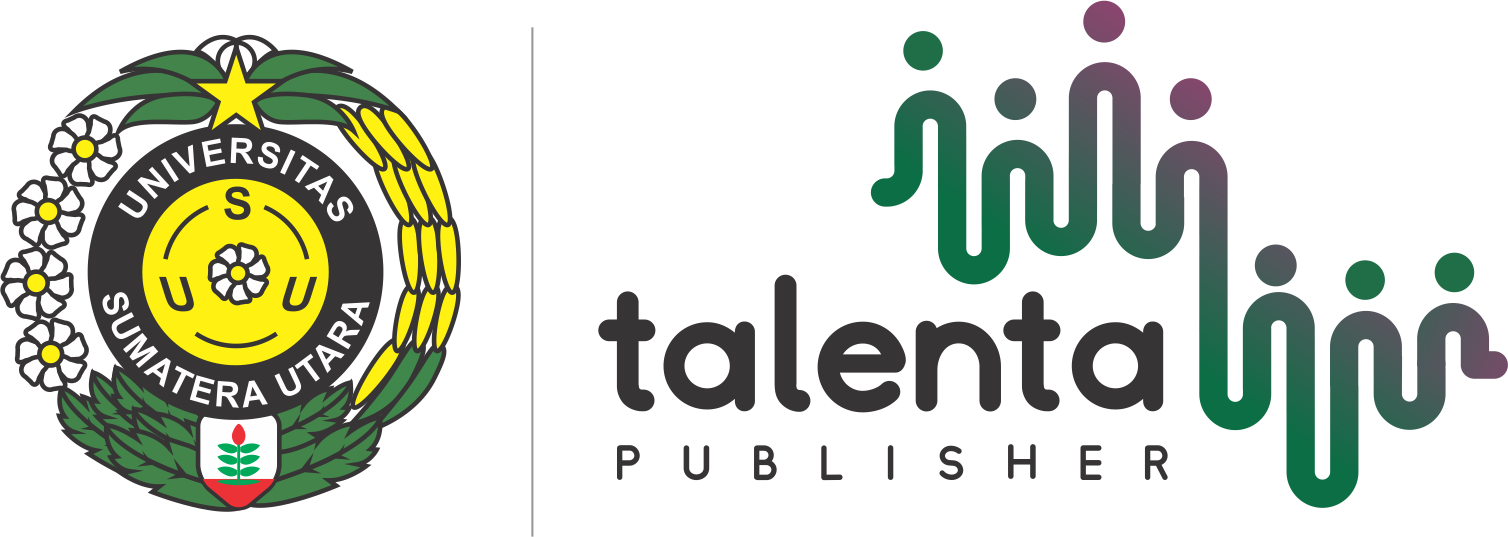An Analysis of the Types of Feedback Provided by the Lecturers: Students’ Perceived
Keywords:
Feedback, Types of feedback, Students’ perceived, Feedback, Students' PerceivedAbstract
This study aims to learn more about lecturers' different types of providing feedback to students. A qualitative-descriptive analysis was carried out to apply it. Questionnaire was used to collect the information, and its goal was to determine how the English lecturer gives feedback to students in learning the language. The researcher found that English lecturers used many different kinds of feedback during this research, which refers to Wulandary’s (2017) and Ellis’ (2017) theory. They made use of each sort of feedback. However, it should be solicited in the first place. In addition, the lecturers provided students with written suggestions regarding how they might improve. The first is the amount of direct corrective feedback, which was the highest. When students write something wrong in English class, their lecturers will give them immediate feedback through written comments.
Downloads
References
Al-Amri, M. N. (2011). Getting Beyond Conversation Analysis: Critical and Pedagogical Implications for TESOL/Bilingual Curriculum for Diverse Learners in the Age of Globalization. Education Inquiry, 2(1), 141–151. https://doi.org/10.3402/edui.v2i1.21969
Behroozi, B. K., & Karimnia, A. (2017). International Journal of research in English education. Educational Context and ELT Teachers’ Corrective Feedback Preference: Public and Private School Teachers in Focus. International Journal of Research in English Education.
Bitchener, J., & Knoch, U. (2008). The value of written corrective feedback for migrant and international students. Language Teaching Research, 12(3), 409–431. https://doi.org/10.1177/1362168808089924
Black, P., & Wiliam, D. (1998). Assessment and classroom learning. International Journal of Phytoremediation, 21(1), 7–74. https://doi.org/10.1080/0969595980050102
Burnett, P. C. (2002). Teacher praise and feedback and students’ perceptions of the classroom environment. Educational Psychology, 22(1), 5–16. https://doi.org/10.1080/01443410120101215
Chen, G.-M., Starosta, W. J., & Starosta, W. J. (1998). A review of the concept of intercultural awareness Citation/Publisher Attribution. In Human Communication, 2. https://digitalcommons.uri.edu/com_facpubs
De Vries, B. P., Cucchiarini, C., Bodnar, S., Strik, H., & van Hout, R. (2015). Spoken grammar practice and feedback in an ASR-based CALL system. Computer Assisted Language Learning, 28(6), 550–576. https://doi.org/10.1080/09588221.2014.889713
Ellis, N. C. (2012). Formulaic language and second language acquisition: Zipf and the phrasal teddy bear. Annual Review of Applied Linguistics, 32, 17–44. https://doi.org/10.1017/S0267190512000025
Ellis, R. (2009). Corrective Feedback and Teacher Development. L2 Journal, 1(1), 2–18. https://doi.org/10.5070/l2.v1i1.9054
Eriksson, E., Björklund Boistrup, L., & Thornberg, R. (2017). A categorization of teacher feedback in the classroom: a field study on feedback based on routine classroom assessment in primary school. Research Papers in Education, 32(3), 316–332. https://doi.org/10.1080/02671522.2016.1225787
Fielding, N. G. (1999). The norm and the text: Denzin and Lincoln’s handbooks of qualitative method.
Fithriani, R. (2019). ZPD and the Benefits of Written Feedback in L2 Writing: Focusing on Students’ Perceptions. In The Reading Matrix: An International Online Journal, 19(1).
Hadzic, S., Maricic, I., & Stevenson-Ã…gren, J. (2016). Degree Project Oral and Written Teacher Feed-back in an English as a Foreign Language Classroom in Sweden.
Hattie, J. (2012). Feedback in schools by John Hattie. Feedback: The Communication of Praise, Criticism and Advice, 1996, 265–278.
Hattie, J., & Timperley, H. (2007). The power of feedback. Review of Educational Research, 77(1), 81–112. https://doi.org/10.3102/003465430298487
Hedgcock, J. S., & Ferris, D. R. (2018). Teaching Readers of English. In Teaching Readers of English. https://doi.org/10.4324/9781315465579
Hovater, S. E. (2007). Developing Cultural Awareness: A Grounded Theory Study of Pre-Developing Cultural Awareness: A Grounded Theory Study of Pre-Service Teachers’ Field Experiences in Taiwan Service Teachers’ Field Experiences in Taiwan.
James, C. (1996). A cross-linguistic approach to language awareness. Language Awareness, 5(3–4), 138–148. https://doi.org/10.1080/09658416.1996.9959903
King, P. E. (2016). When do students benefit from performance feedback? A test of feedback intervention theory in speaking improvement. Communication Quarterly, 64(1), 1–15. https://doi.org/10.1080/01463373.2015.1078827
Larsen-Freeman, Diane, Anderson, & Marti. (n.d.). Third Edition.
Lazar, G., & Ryder, A. (2018). Speaking the same language: Developing a language-aware feedback culture. Innovations in Education and Teaching International, 55(2), 143–152. https://doi.org/10.1080/14703297.2017.1403940
Lee, H., & Yin, J. (2021). “As a Teacher, COVID-19 Means…â€: Stories of How English Teachers in Asia Developed Resilience During the Pandemic. Journal of Asia TEFL, 18(3), 764–779. https://doi.org/10.18823/asiatefl.2021.18.3.2.764
Lyster, R., Ranta, L., Allen, D., Corliss, L., Goldstein, Y., Halter, R., Karsenti, T., Laganiè, L., Loring, T., Padden, N., Poirier, J., & Sabourin, N. (1997). Corrective feedback and learner uptake Negotiation of Form in Communicative Classrooms. SSLA, 20.
Rydahl, S. (2005). Oral Feedback in the English Classroom Teachers’ Thoughts and Awareness. www.kau.se.
Sommers, N. (1982). Responding to Student Writing. College Composition and Communication, 33(2).
Sword, H. et.al. (2012). Academic Writing. Stylish Academic Writing, 369(1). http://dx.doi.org/10.1016/j.jsames.2011.03.003%0Ahttps://doi.org/10.1016/j.gr.2017.08.001%0Ahttp://dx.doi.org/10.1016/j.precamres.2014.12.018%0Ahttp://dx.doi.org/10.1016/j.precamres.2011.08.005%0Ahttp://dx.doi.org/10.1080/00206814.2014.902757%0Ahttp://dx.
Wulandari, A. S. (2017). An Analysis of Teacher’s Corrective Feedback in Writing Skills at Eight Grade Student of MTS N Sumberlawang in Academic Year 2016/2017. Surakarta: IAIN Surakarta.
Zhai, K., & Gao, X. (2018). Effects of corrective feedback on EFL speaking task complexity in China’s university classroom. Cogent Education, 5(1). https://doi.org/10.1080/2331186X.2018.1485472

Downloads
Published
How to Cite
Issue
Section
License
Copyright (c) 2024 LingPoet: Journal of Linguistics and Literary Research

This work is licensed under a Creative Commons Attribution-ShareAlike 4.0 International License.












